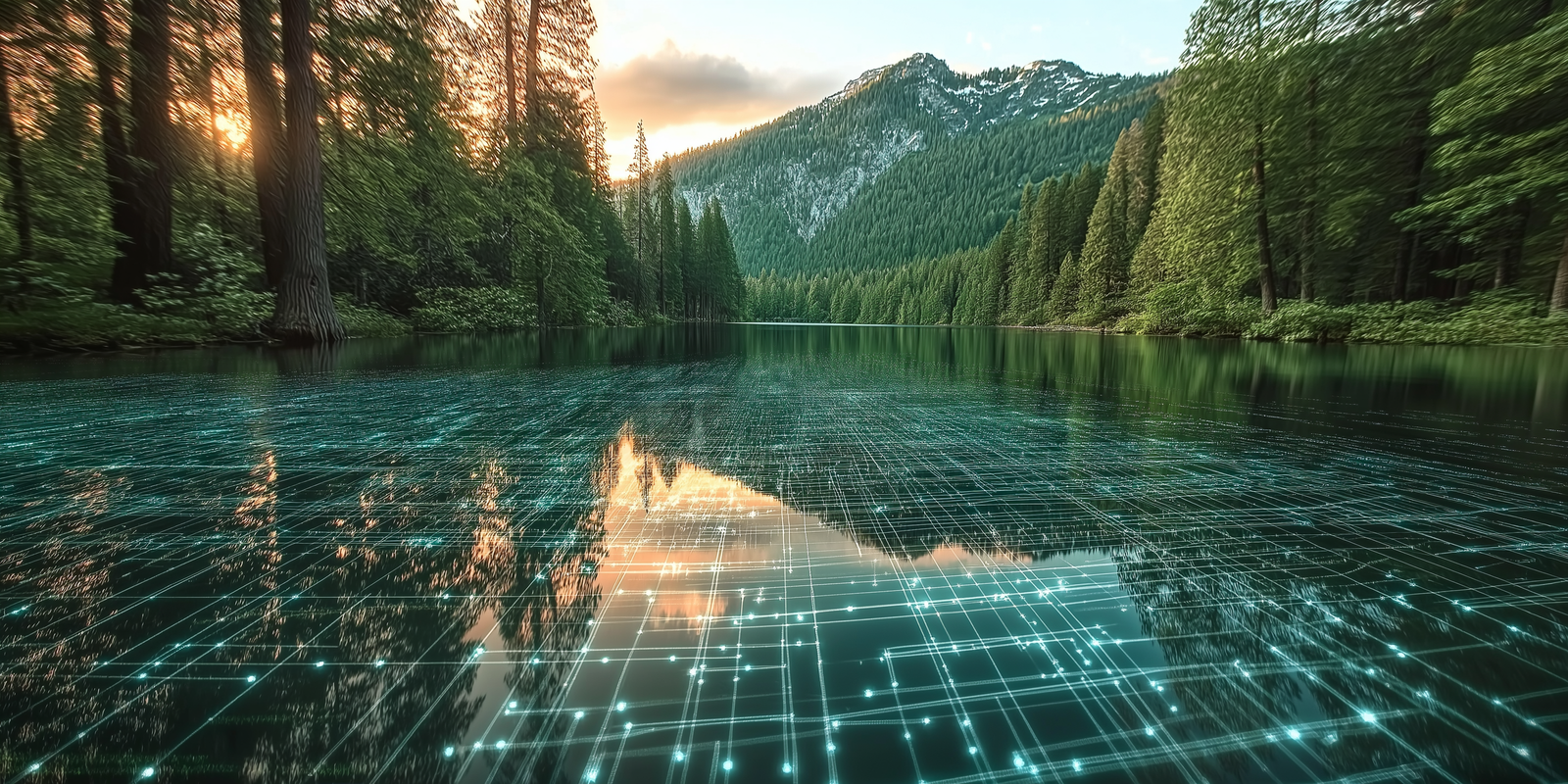In a world where technology is often seen as a disruptor of natural harmony, the idea of artificial intelligence (AI) enhancing rather than exploiting our ecosystems feels like a breath of fresh air. Imagine a future where AI doesn’t just live alongside nature—it actively supports, protects, and amplifies it. This isn’t a far-fetched vision but a very real possibility, driven by our understanding of both nature’s needs and AI’s capabilities. Here’s how AI can help us create a world where technology and nature work together to support a balanced, sustainable existence.
1. Sustainable Resource Management
AI is powerful in its capacity to analyze vast quantities of data, making it an invaluable partner in resource management. By tracking patterns in resource usage—whether it’s water, soil health, or mineral extraction—AI can help predict shortages or potential overuse before they occur. For example, sensors embedded in farmlands can continuously monitor soil and crop conditions, offering real-time insights that allow for smarter, more sustainable agricultural practices. By managing resources in a way that minimizes environmental impact, AI allows us to sustain the bounty of the earth without depleting it.
2. Protecting Wildlife and Habitats
AI-driven technology is already being used to protect some of the world’s most vulnerable species. With advanced tracking tools like AI-powered drones and automated sensors, conservationists can monitor wildlife populations and detect changes in habitats due to climate shifts or human encroachment. In Africa, for instance, drones equipped with machine learning algorithms are used to combat poaching, instantly alerting rangers to illegal activity. As AI learns more about patterns of movement and behavior in animal populations, it can aid in preserving biodiversity and protecting ecosystems from human threats.
3. Optimizing Renewable Energy and Climate Protection
The transition to renewable energy is crucial for the planet’s future, but efficient management remains a challenge. AI steps in by using data from solar panels, wind turbines, and energy grids to optimize energy flow and predict production based on weather patterns. This intelligent management reduces reliance on fossil fuels, helping cities and industries shift toward a stable, renewable energy system. With AI optimizing these systems, we can make renewable energy a consistent and reliable source, reducing carbon footprints and slowing climate change.
4. Reducing Pollution and Waste
AI-powered solutions are also key to tackling pollution and waste. Smart waste sorting systems, which use AI to separate recyclable materials from non-recyclables, can dramatically increase recycling efficiency. AI can also model and predict pollution trends, enabling quick, targeted responses to potential environmental hazards before they escalate. Imagine a city where air quality sensors powered by machine learning algorithms detect and respond to pollutants in real-time, ensuring clean air for all inhabitants.
5. Designing Smart, Sustainable Cities
AI can shape the future of urban living by guiding sustainable city planning. Using data on human behavior, weather patterns, and traffic flow, AI enables city planners to create eco-friendly buildings, optimize green spaces, and develop public transportation systems that reduce pollution and energy consumption. For instance, AI can recommend where to place parks for maximum community benefit or determine the best public transport routes to reduce car emissions. The result is not only a more efficient city but one that is healthier and more enjoyable for its residents.
6. Reforestation and Ecosystem Restoration
AI technology has already begun assisting with reforestation projects worldwide, with automated tree-planting drones mapping out areas for growth and planting seeds in previously barren landscapes. AI can identify optimal zones for reforestation, taking soil quality, local ecosystems, and climate into account to ensure that forests can thrive. Restoring these ecosystems not only captures carbon but also enhances biodiversity, giving endangered species a better chance of survival and revitalizing landscapes for generations to come.
7. Deepening Our Understanding of Nature
Perhaps the most transformative role AI can play is in helping us understand the complex web of life on Earth. By analyzing environmental data from sensors across the globe, AI provides insights into how ecosystems function and interact. This knowledge can guide policies, inform conservation efforts, and deepen our appreciation of nature’s interconnectedness. With AI’s help, we’re learning that protecting one species can have cascading positive effects on an entire ecosystem, emphasizing the importance of mindful stewardship.
Conclusion: The Balance Between Nature and Technology
In a world where AI technology is designed with an ethos of respect for the natural world, we can create a balanced relationship in which technology serves as a guardian and facilitator of environmental harmony. Rather than focusing solely on economic growth, we can use AI to create a sustainable future, one that considers both the needs of the planet and the wellbeing of its inhabitants.
Through thoughtful implementation, AI can enhance our relationship with nature, guiding us toward a future where technology not only respects natural boundaries but helps to restore and protect them. In this vision, we don’t simply coexist with AI; we work alongside it to build a world where both humanity and the environment can thrive together in harmony.

